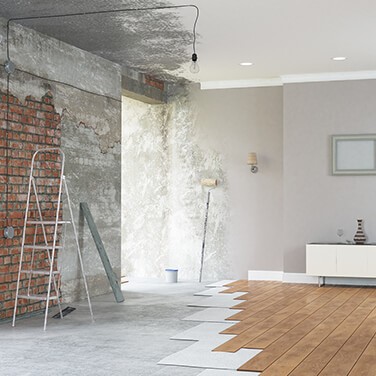Taking Ownership of Facility Safety
By Tim Van Hoecke, QSSP,
Senior Program Manager of Safety,
Thermo Fisher Scientific
What if we took the same ownership of safety in the workplace that we do in our homes?
We traditionally spend five days a week — a little more than a third of our lives — at work and become very familiar with that environment. We also have familiar and established routines at home, but, as the homeowner, head of household, or family member, we’re usually more aware of things that require maintenance, repair, or replacement.
To help protect workers everywhere, the U.S. Occupational Safety and Health Administration (OSHA) established a Hierarchy of Controls outlining the key elements, listed from most to least effective, needed to keep workplaces safe:
- Elimination — completely remove the hazard from the application or area
- Substitution — use a less hazardous material or replace specific steps in the process
- Engineering controls — make physical changes to the work area or the process itself to reduce risks to the worker or facility
- Administrative controls — develop standard operating procedures (SOPs) or work schedules to limit employee exposure times
- Personal protective equipment (PPE) — provide as needed and when a hazard cannot be eliminated, substituted, engineered, or administratively controlled (although PPE may be considered the primary way to address hazards, controls or safety equipment solutions may be better options, with or without PPE)
With those elements in mind, take the following steps in your own facility:
- Evaluate your work environment for safety as you would your home
- Have every employee help monitor conditions, ensure that the proper safety measures are in place, identify deficiencies, actively participate in training, and comply with prescribed safety practices
- Perform regular audits and reviews of the facility itself and of the applications being performed
- Is there a hazard that can be eliminated, substituted, engineered, or administratively controlled?
- Are your employees aware of your existing hazardous communication program and have they been properly trained for their existing jobs and known hazards?
- Are there accidents you can prevent by using equipment that communicates hazards through signage and floor markings, hazardous storage cabinets, gas instrumentation, or spill containment equipment?
- What is your response plan and readiness level?
- Do you have safety response equipment in serviceable condition strategically placed throughout the facility? (e.g., first aid kits, eye washes and showers, AEDs, fire extinguishers, spill remediation kits)
- Have maintenance checks been performed on safety equipment? Is that equipment ready for use?
Your commitment to the safety of your workplace facility and employees should be on a par with the commitment to the safety and security of your own home. Become an active, accountable member of your workplace safety family and look for ways to make the needed improvements to its existing foundation.
And remember, you don’t have to do it all alone — let our Fisher Scientific Safety Specialists and industry-leading suppliers help you with your facility safety needs.
